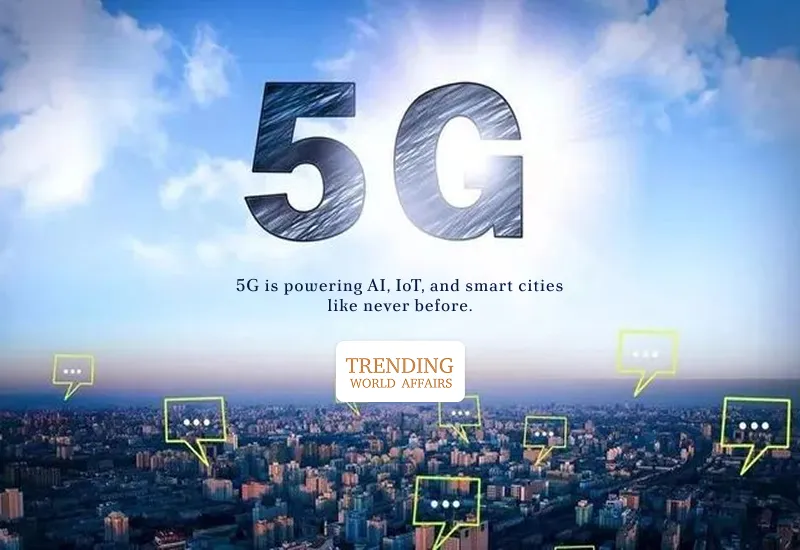5G technology, the fifth generation of wireless cellular communications, is poised to transform how we connect and interact with the world. This article delves into what 5G is, its operational framework, launch timeline, potential impacts on human life, and its advantages and disadvantages.
What is 5G Technology?
5G stands for the fifth generation of mobile networks, succeeding 4G LTE. It offers significantly faster data transmission, reduced latency, and the capacity to connect a vast number of devices simultaneously. This leap in technology facilitates advancements in various sectors, including healthcare, transportation, and entertainment.
How Does 5G Work?
5G operates by utilizing higher frequency bands, known as millimeter waves, which range between 30 to 300 GHz. These frequencies allow for faster data transfer but have shorter ranges, necessitating a dense network of small cells or transmitters placed strategically to ensure coverage. This infrastructure enables seamless connectivity and supports emerging technologies like the Internet of Things (IoT) and augmented reality.
Launch Timeline of 5G
The rollout of 5G began in earnest around 2019, with various countries deploying networks at different paces. As of 2025, many urban areas worldwide have access to 5G services, with ongoing efforts to expand coverage to rural regions. The full economic impact of 5G is projected to be realized globally by 2035, supporting a wide array of industries and potentially generating trillions in economic output.

Impact of 5G on Human Life
The advent of 5G technology is set to revolutionize various aspects of daily life:
- Healthcare: Enhanced telemedicine capabilities, allowing for real-time remote consultations and monitoring.
- Transportation: Facilitation of autonomous vehicles through reliable, low-latency communication.
- Entertainment: Improved streaming services with minimal buffering and the rise of immersive experiences through virtual reality.
- Work: Enabling remote work with seamless video conferencing and collaboration tools.
Advantages of 5G
Faster Speeds: Download and upload data at unprecedented rates, enhancing user experiences.
Lower Latency: Reduced delay in data transmission, critical for applications like online gaming and real-time communications.
Increased Connectivity: Ability to connect more devices simultaneously, powering the expansion of IoT ecosystems.
Smaller Physical Footprint: Utilization of smaller transmitters allows for more discreet placement and less intrusive infrastructure.
Disadvantages of 5G
Infrastructure Requirements: Need for extensive installation of small cells, especially in urban areas, which can be costly and time-consuming.
Security Concerns: Introduction of new cybersecurity risks that need to be addressed to protect data and privacy.
Health Concerns: Public apprehension regarding potential health effects, though current research indicates no adverse impacts.
Conclusion
5G technology represents a significant leap forward in mobile communications, offering numerous benefits that can transform various sectors. While challenges exist, particularly concerning infrastructure and security, the potential advantages make 5G a pivotal development in the digital age.







